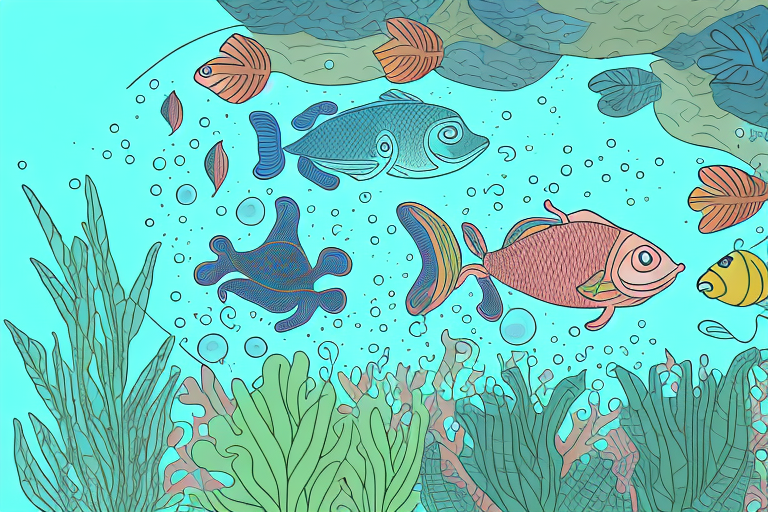Aquaponics is a fascinating and innovative method of agriculture that combines the principles of aquaculture (fish farming) and hydroponics (soil-less plant cultivation). This unique system creates a symbiotic relationship between fish and plants, where both organisms mutually benefit from each other’s presence. In this article, we will delve into the intricacies of aquaponics and explore the various aspects of balancing the ecosystem in an aquaponic system.
Understanding the Basics: What is Aquaponics and How Does it Work?
At its core, aquaponics is a closed-loop system that operates based on the principle of recirculating water. The system begins with a fish tank, where aquatic organisms such as tilapia or trout are bred and raised. The fish produce waste, which contains valuable nutrients like nitrogen, phosphorus, and potassium. Instead of disposing of this waste, it is directed into a grow bed or a series of grow beds, which are filled with a medium like gravel or clay pellets.
Here comes the interesting part: the plants! The plants in the grow beds, usually leafy greens, herbs, or vegetables, act as biofilters. They take up the nutrients from the water and utilize them for growth. This process effectively removes the harmful substances from the water, creating a cleaner and healthier environment for the fish.
But what about the plants’ water needs? That’s where the magic of aquaponics lies. As the plants consume the water and nutrients, the water level in the grow beds decreases. This prompts the system to automatically replenish the water by draining a portion of the fish tank, which is then replaced with fresh, oxygenated water. The cycle continues, creating a sustainable and self-regulating system that requires minimal intervention.
One of the key benefits of aquaponics is its ability to conserve water. Traditional farming methods often require large amounts of water for irrigation, leading to significant water waste. In aquaponics, the water is continuously recycled within the system, reducing the need for additional water inputs. This makes aquaponics a more sustainable and environmentally friendly method of food production.
The Role of Fish in Aquaponics: Nutrient Providers and Water Filters
Within an aquaponic system, fish play a critical role in supplying the essential nutrients for plant growth. Fish waste, mainly in the form of ammonia, is converted into nitrates by beneficial bacteria through a process called nitrification. These nitrates serve as a valuable source of nitrogen, which is one of the macronutrients required by plants for healthy development.
In addition to being nutrient providers, fish also act as natural water filters in aquaponic systems. As the fish breathe and excrete waste, they release carbon dioxide and ammonia into the water. While ammonia is harmful to fish, it serves as a vital source of nitrogen for plants. The plants absorb these nutrients through their roots, effectively removing them from the water and ensuring a safe and suitable environment for the fish.
Furthermore, fish in aquaponic systems also contribute to maintaining the pH balance of the water. As fish produce waste and respire, they release acids and bases into the water. These compounds help regulate the pH level, ensuring it remains within the optimal range for both the fish and plants. This natural buffering system provided by the fish helps create a stable and healthy environment for the entire aquaponic ecosystem.
Another important role of fish in aquaponics is their ability to control pests and diseases. Certain species of fish, such as tilapia, have been found to actively consume mosquito larvae and other small insects that may pose a threat to the plants. Additionally, the presence of fish in the system can help deter the growth of harmful algae by consuming the nutrients that would otherwise promote algae growth. By acting as natural pest controllers, fish contribute to the overall health and productivity of the aquaponic system.

